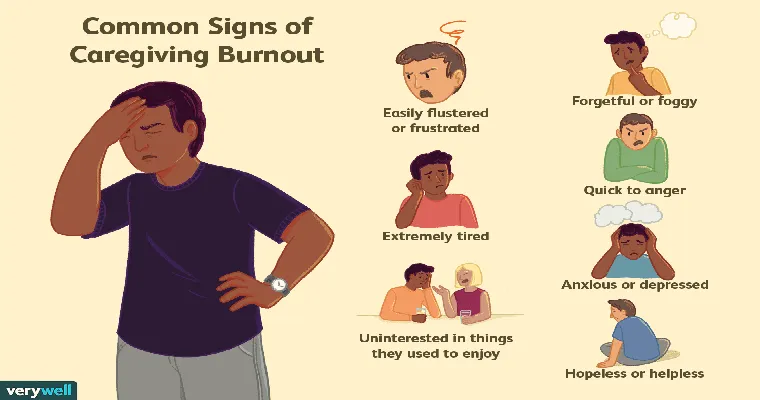Caregiving can be a rewarding yet challenging experience, often leading to significant "caregiver burden". This burden can manifest as physical, emotional, and financial stress, making it essential for caregivers to identify its signs and explore effective strategies to minimize its impact. Understanding how to recognize the symptoms of caregiver burden and implement proactive solutions can help ensure that caregivers maintain their well-being while providing support to their loved ones.
Recognizing the Signs of Caregiver Burden
The first step in addressing "caregiver burden" is to recognize the signs. Common symptoms may include:
"Emotional exhaustion": Feelings of frustration, resentment, or helplessness.
"Physical symptoms": Chronic fatigue, insomnia, and frequent illness.
"Social withdrawal": Isolation from friends and family as caregiving demands increase.
"Cognitive difficulties": Trouble concentrating or making decisions.
"Financial strain": Increased expenses related to caregiving responsibilities.
Being aware of these signs is crucial for caregivers. Acknowledging the burden can help them take necessary steps to alleviate their stress.
Strategies to Minimize Caregiver Burden
Once the signs of "caregiver burden" are identified, caregivers can adopt several strategies to minimize its effects:
1. "Prioritize Self-Care": Caregivers must prioritize their own health and well-being. Regular exercise, a balanced diet, and sufficient sleep can significantly improve emotional resilience and physical strength.
2. "Seek Support": Connecting with support groups, either in-person or online, can provide caregivers with emotional support and practical advice. Sharing experiences with others who understand the challenges can be incredibly therapeutic.
3. "Set Realistic Expectations": It is important for caregivers to set realistic goals for themselves and their caregiving responsibilities. Accepting that they cannot do everything will help reduce feelings of inadequacy.
4. "Establish Boundaries": Caregivers should learn to say no to additional responsibilities that could overwhelm them. Setting boundaries will help maintain a healthier balance between caregiving and personal time.
5. "Utilize Respite Care": Taking breaks is essential to prevent burnout. Respite care services can provide temporary relief, allowing caregivers to recharge and return to their responsibilities with renewed energy.
6. "Communicate Openly": Open communication with the person receiving care can help clarify needs and expectations. Acknowledging the challenges can also foster understanding and cooperation.
7. "Consider Professional Help": If the burden becomes too overwhelming, seeking the help of a mental health professional can provide caregivers with coping strategies and emotional support.
Conclusion
Identifying and minimizing "caregiver burden" is crucial for maintaining the health and well-being of those who provide care. By recognizing the signs of burden and implementing effective strategies, caregivers can create a more balanced and fulfilling caregiving experience. Remember, taking care of oneself is not just beneficial for the caregiver, but also enhances the quality of care provided to loved ones. Prioritizing self-care, seeking support, and setting boundaries can lead to a healthier and more sustainable caregiving journey.





